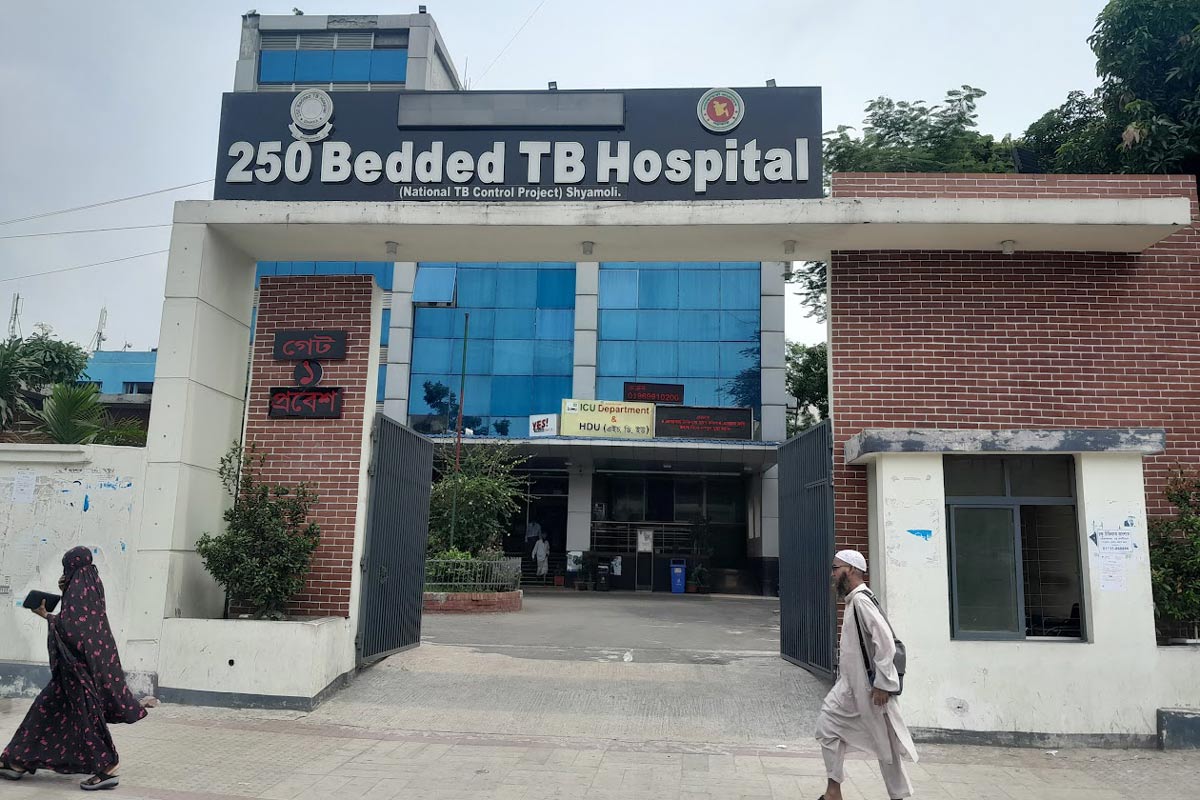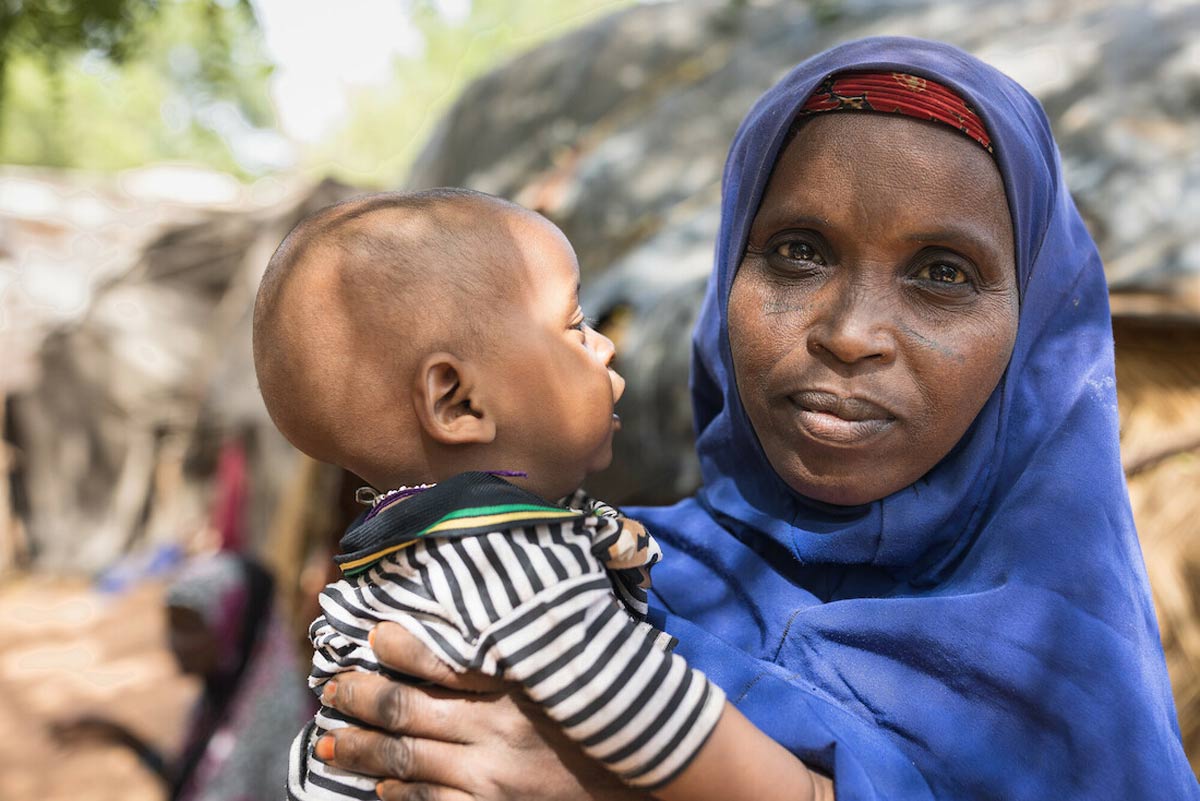The delivery of human papillomavirus vaccine (HPV) to protect women from cervical cancer is a key step globally in closing the preventable disease gap between rich and poor women worldwide. Here we look at how this plays out for women in Tanzania.
All photos: Gavi / Karel Prinsloo.

Tanzania is one of several countries running human papillomavirus vaccine (HPV) vaccine demonstration projects with Gavi support, testing their ability to deliver the vaccines to adolescent girls at school.

Ocean Road Cancer Institute in Dar es Salam is the only specialised facility for cancer treatment in Tanzania. It is a service that Tanzanian women increasingly need: 90% of women who die from cervical cancer live in developing countries, in part due to the lack of early screening resources.

Nurse Rehema Nkomola examines a woman for cervical cancer. Global deaths from cervical cancer have increased 40% since 1990, to 266,000.

Cervical cancer patient Tabu Kitmonga Kiparu (46) sits upright on her hospital bed – a visible reminder of the real lives behind the statistics.

However, these deaths are almost wholly preventable, as HPV vaccines can help prevent up to 70% of cervical cancer cases. Although many wealthier countries have introduced the vaccine, the same cannot be said for those countries where women are most likely to die of the disease.

Waiting around is not an option for the global community – by 2035, cervical cancer is expected to cause 416,000 women to die every year, overtaking even childbirth as the number one killer of women worldwide.

Together, we can work to prevent this future. By 2020, Gavi aims to have supported HPV immunisation for more than 30 million girls in more than 40 of the world’s poorest countries.
Find out more about the need for HPV vaccines in developing countries here.






